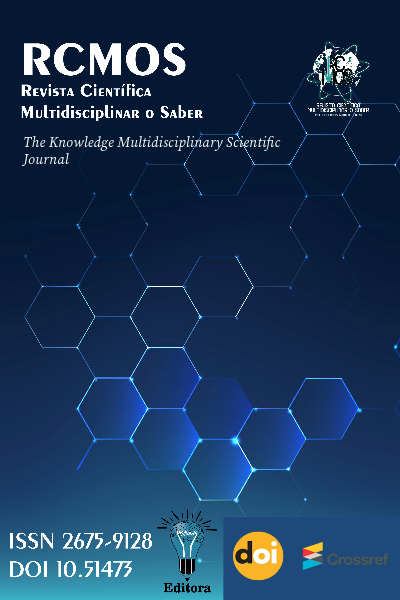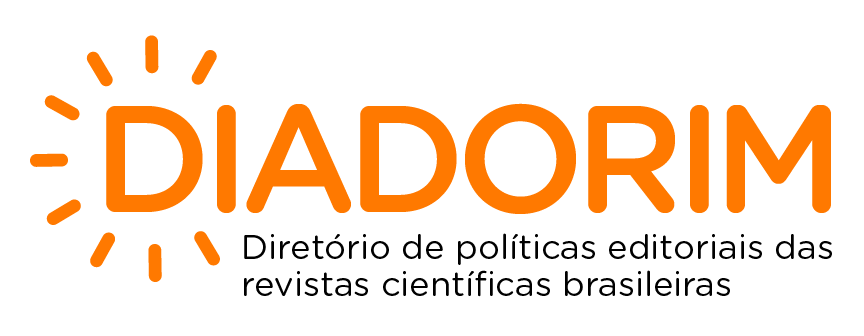Humanization of Architecture by the National Institute of Social Security (INSS) and Autistic Spectrum Didorder (TEA)
DOI:
https://doi.org/10.51473/ed.al.v3i1.579Keywords:
Humanization, Autistic Spectrum Disorder, INSS, Social SecurityAbstract
When we talk about accessibility, we understand as barriers those of a physical or architectural nature that generate diffi culty or impossibility in accessing a space. In this way, it is a social responsibility to eliminate such barriers and guarantee this right for everyone (children, the elderly, people with disabilities, pregnant women, left-handers, cardiac patients, foreigners, etc.). This work brings suggestions for improvement, at fi rst, intended for assistance at the Social Security Agency of Poções/BA, and aimed at ensuring greater empathy for people diagnosed with autism. These are recommendations in the training of the work team, referring to the humanization of the existing architecture, providing accessibility with equity, thus expanding the responsibility, protection and defense of the rights of these users of public services. Based on the principles of citizenship and human dignity, aligned with the international debate in favor of an inclusive society, considering the importance of cognitive accessibility for people with Autistic Spectrum Disorder (ASD), the suggestions presented here can serve as an analysis to other Social Security Agencies throughout the country. In this way, it is expected that this work will inspire new refl ections on the need for public policies based on the principles of social inclusion and the role of the State in guaranteeing the applicability of the rights of people with autism.













